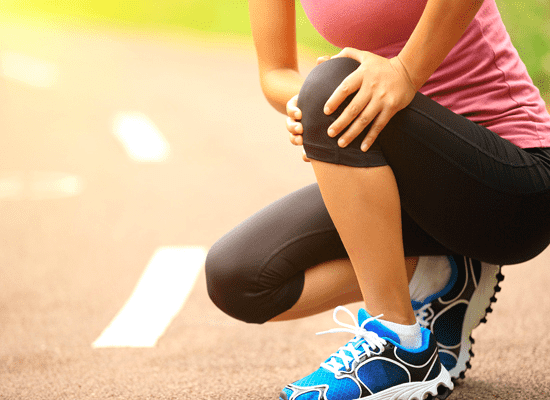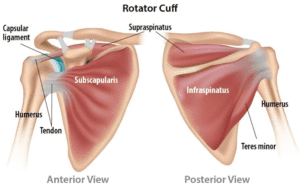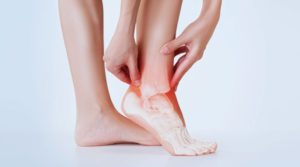Patellofemoral pain is a broad term used to describe pain in the front of the knee and around the kneecap (patella).
The pain is usually located where your kneecap (patella) articulates with your thigh bone (femur). This joint is known as your patellofemoral joint.
Patellofemoral pain is one of the most common knee complaints of people of all ages.
Patellofemoral pain is mainly due to excessive patellofemoral joint pressure from poor kneecap alignment, which in time, affects the joint surface behind the kneecap (retropatellar joint).

Patellafemoral pain symptoms are normally noticed during weight bearing or jarring activities that involve knee bending. Activities such as ascending/descending stairs, squatting, kneeling, hopping jumping and running are commonly painful.
The typical presentation of Patellofemoral pain commences with a history of a generalised ache at the front of the knee. The pain is often aggravated by running (especially downhill), stairs and sitting for prolonged periods with the knee bent- this is termed a positive “theatre sign” with patients preferring to sit in the aisle seats to allow them to keep the knee extended during the performance.
As your patellofemoral pain syndrome progresses your knee will become painful while walking and then ultimately even at rest. You can also experience kneecap pain when you are in sustained knee bend eg. sitting in a chair.
Effective management of Patellofemoral Pain Syndrome starts with a full physiotherapy assessment to identify the cause of your pain and determine a indivisualised treatment plan for the patient.
The initial stage of treatment (as with most overuse injuries) is to actively control pain and inflammation – this is best achieved with a combination of ice, rest from aggravating activities, anti inflammatory medication and the use of Patellofemoral taping to reduce pressure on the injured joint.
An important component of the rehabilitation process is the need for an effective strength and conditioning program to restore pre injury function and improve biomechanics.
The exact exercises chosen will depend on the severity of symptoms and will be guided by your physiotherapist but the majority of programs initially focus on isolating the Vastus Medialis Obliques (the small muscle on the inside of the knee) to contract prior to the activation of the rest of the quadriceps group.
Other important components of a successful Patellofemoral Pain rehabilitation program will include specific involvement of the iliotibial band, hamstrings, calves and quadriceps.
Many patients with Patellofemoral pain have issues relating to excessive pronation (flat feet) which can act to increase internal rotation of the lower limb contributing to alignment issues.
While patella femoral pain is a very common injury it is also very treatable with the right combination of rehabilitation exercises and biomechanical correction





